Decentralized Finance, or DeFi, is one of the hottest topics in the cryptocurrency world right now. But what exactly is it?
DeFi is basically a catch-all word for financial services that don’t depend on central organizations like banks. Rather, they use smart contracts and blockchain technology to run on decentralized networks.
By doing away with middlemen and increasing financial services’ transparency and accessibility for everybody, it’s a means to rethink the established financial system.
To put it plainly, DeFi lets you accomplish a lot of things without using a bank or other financial institution, like earn interest, borrow, lend, get insurance, trade assets, and more.
So, is it possible to earn income on your cryptocurrency assets via Decentralized Finance or DeFi? Of course!
However, there are risks associated with it just as with other investment. Let’s examine in more detail how DeFi functions, what sets it apart, and what might happen in the future.
The Foundation of DeFi: Decentralization and Smart Contracts
The core idea behind DeFi is to decentralize the entire financial system—much like Bitcoin decentralized money. You might already know Bitcoin as a form of money that isn’t controlled by any central bank or government.
It allows you to transfer money to anyone, anywhere in the world, without needing a bank or financial institution. DeFi takes this idea a step further by decentralizing other financial services like loans, savings, insurance, and even trading.
What Makes DeFi Different?
What sets DeFi apart from traditional finance (often referred to as “CeFi,” or Centralized Finance) is its reliance on decentralized networks and blockchain technology. Traditional financial systems are built around intermediaries like banks, stock exchanges, and insurance companies.
These entities control and manage financial services, often leading to inefficiencies, high fees, and limited accessibility. In contrast, DeFi operates on blockchain networks, where smart contracts play a pivotal role.
Understanding Smart Contracts
The foundation of DeFi relies heavily on smart contracts, particularly those on the Ethereum blockchain. Ethereum is a platform that allows developers to build decentralized applications (Dapps) that automate and manage financial services without any central authority.
When you think of smart contracts, you picture self-executing contracts where the terms are encoded directly into the code. A smart contract cannot be changed or stopped once it is implemented on the Ethereum network — making it unchangeable.
This creates a wealth of opportunities for the development of trustworthy, transparent, and middleman-free financial services. You can trust the code to manage your money instead of a bank or other financial institution when using smart contracts.

The Building Blocks of DeFi: Stablecoins, DEXs, and Lending Platforms
To build a decentralized financial system, you first need a form of decentralized money. While Bitcoin and Ethereum are decentralized cryptocurrencies, they aren’t always suitable for DeFi applications due to their volatility. This is where stablecoins come in.
Stablecoins are cryptocurrencies pegged to stable assets like the US dollar, providing a more predictable form of value that can be used within DeFi.
Stablecoins: The Bedrock of DeFi Transactions
For instance, DAI is a popular stablecoin in the DeFi space. Unlike other stablecoins that are backed by actual dollars in a bank account, DAI is backed by crypto assets and managed by smart contracts on the Ethereum blockchain.
This makes DAI a truly decentralized and stable form of money, which is essential for building reliable DeFi services.
What Makes DAI Unique?
Through an over-collateralization mechanism, DAI is made stable. Let’s dissect this:
Let’s say you want to borrow DAI, but you have to put down a different cryptocurrency as security, such as Ethereum (ETH). You may be able to borrow up to $100 worth of DAI if you deposit $150 worth of ETH.
The DAI system will stay stable thanks to this over-collateralization, even in the event that the price of ETH declines.
1. Decentralized Exchanges (DEXs): Trading Without Middlemen
A decentralized exchange, or DEX, allows you to trade cryptocurrencies without an intermediary. Unlike traditional exchanges, DEXs operate on smart contracts that automatically match buyers and sellers and handle the transfer of funds.
There are no sign-ups, no identity verification, and no central authority to hack or manipulate the trades. This gives users more control over their funds and reduces the risk of hacks.
DEXs like Uniswap, SushiSwap, and PancakeSwap have grown massively in popularity because they offer a level of transparency and security that traditional exchanges can’t match. When you trade on a DEX, you’re interacting directly with other users, and the smart contract facilitates the trade.
This removes a lot of the risks associated with centralized exchanges, such as the infamous Mt. Gox hack.
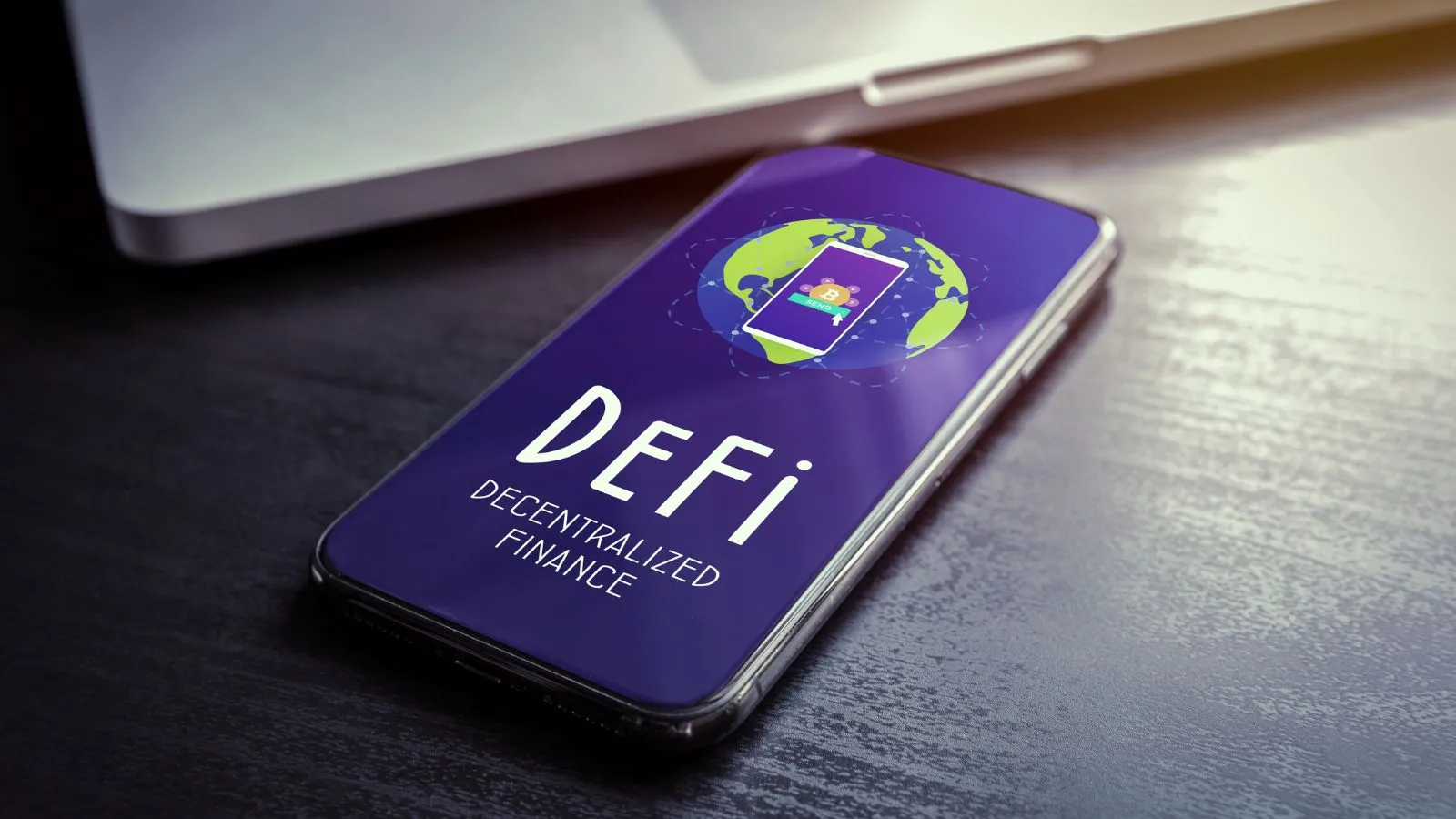
2. Decentralized Lending and Borrowing: Earning Interest in Crypto
Platforms such as Compound and Aave allow users to borrow money by pledging their cryptocurrency as collateral or lend out their cryptocurrency and earn interest. These platforms use smart contracts to automate interest distribution and loan administration.
This technique, referred to as “yield farming,” has becoming increasingly popular as people try to maximize their profits by lending or borrowing cryptocurrency assets. It is essentially doing the same thing as traditional savings accounts — putting your money to work for you, but with the possibility of larger returns.
How Does Yield Farming Work?
Similar to traditional banking, yield farming involves lending your money to other users on a decentralized platform in order to earn interest rather than depositing it with a bank.
From facilitating the connection between lenders and borrowers to computing and allocating interest, the smart contracts handle it all. It frequently yields larger returns than traditional banking as everything is automated, but there are also greater risks.
3. Decentralized Insurance: Protecting Your Crypto Investments
With all these new financial products, there are certainly risks involved. This is where decentralized insurance platforms like Nexus Mutual come in.
You may cover your cryptocurrency assets against potential hazards like exchange hacks and smart contract failures, just like you would insurance your house or car. Decentralized insurance is great because it uses smart contracts to govern the direct connection between users – those who want insurance and those who are prepared to supply it for a fee.
This eliminates the need for conventional insurance providers, resulting in a quicker, less expensive, and more transparent procedure.
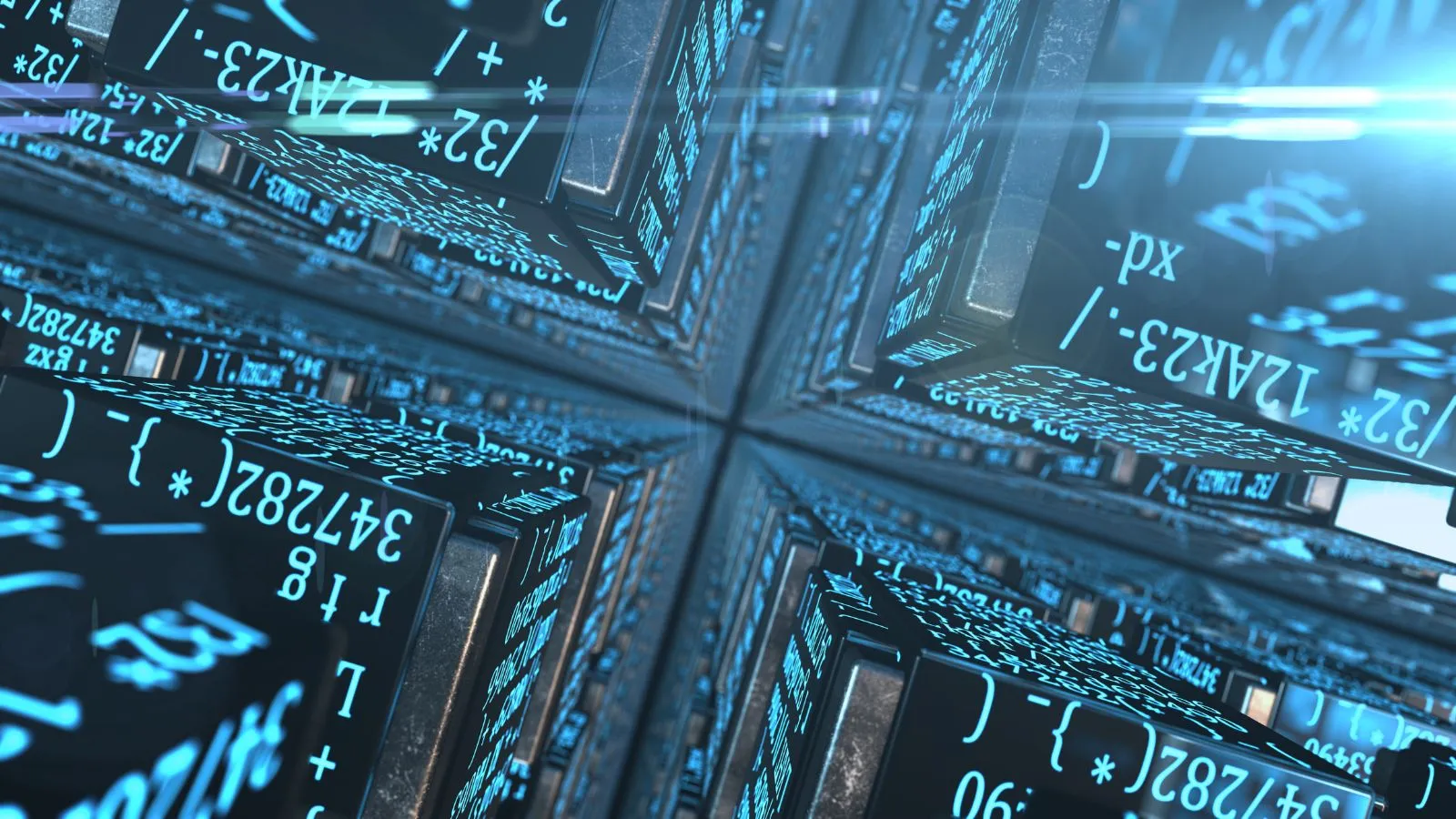
Is DeFi Risky?
It’s difficult to overlook the significant buzz that decentralized finance, or DeFi, has generated inside the cryptocurrency community and beyond. DeFi holds great promise for everything from revolutionary financial liberation to exorbitant riches.
The problem is that this fresh, shiny coin has more than one side. DeFi is about risk as much as it is about innovation and the direction of finance. And not just any risk, but the kind that has the power to instantly make or ruin an investment.
Now, let us tackle the most pressing issue present: Is DeFi dangerous?
Yes, it can be quite hazardous, to put it succinctly. However, the more thorough response include figuring out why that is and what hazards are associated and how you can navigate this new and exciting financial landscape as safely as possible.
Potential Risks to Consider in Decentralized Finance
1. Smart Contract Vulnerabilities: Code-Driven Risks
For your assets, smart contracts are similar to digital locks: safe if designed flawlessly, but dangerous if there is a defect. One vulnerability might let hackers take advantage of the system and siphon off money.
For instance, in 2020, the platform bZx saw several attacks as a result of smart contract flaws, which led to large financial losses.
Even well-meaning initiatives can go wrong; in 2021, a coding error on Compound resulted in the payment of $90 million in error. These occurrences draw attention to the serious hazards associated with smart contracts, which can arise from both hostile attacks and developer error.
2. Centralization Risks: Not Always Truly Decentralized
While DeFi is marketed as fully decentralized, some platforms still have centralized components. For instance, some rely on central servers or have a small group of developers with “admin keys” to alter smart contracts.
These points of control can be vulnerabilities; if these keys are compromised or misused, the whole platform could be at risk. This partial centralization can undermine the core promise of DeFi, exposing users to risks similar to traditional financial systems.
3. Market Risks: Extreme Volatility and Interconnected Failures
The extreme volatility of the DeFi market is indicative of the unpredictability of the larger cryptocurrency market. Severe market declines have the potential to drive collateral values to zero, leading to forced liquidations—the sale of users’ assets to pay off debt.
Ethereum saw a 50% decline in value in a day during the March 2020 “Black Thursday” meltdown, which prompted widespread liquidations on several DeFi platforms. DeFi’s networked architecture, which allows a single platform failure to affect multiple others, increases these risks and exposes the ecosystem as a whole to cascade impacts.
How to Approach DeFi Safely
1. Do Your Own Research (DYOR): Knowledge is Power
Although it may seem cliche, this is crucial in the DeFi community. Make the effort to fully investigate the platform, the developers, and the technology they’re employing before starting any DeFi project. You can make better selections if you know who is behind a platform or service, how it operates, and what security precautions are taken.
Look for smart contract audits on the platform, but don’t depend only on them. Vulnerabilities may exist in even audited programs. To develop a well-rounded perspective, interact with the community, read whitepapers, and refer to a variety of sources.
2. Start Small: Test the Waters Before You Dive In
It might be alluring to throw caution to the wind, particularly when you read about people generating amazing profits. But it’s usually a good idea to begin modestly. Think about putting a tiny portion of your wealth into DeFi investments. In this manner, you can gain an understanding of how things operate without taking unnecessary risks.
Consider this: you wouldn’t stake your entire life savings on a single hand of poker, would you? Here, the same reasoning holds true. Starting small allows you to gain experience, adjust, and create a plan that suits you.
3. Diversify Your Investments: Don’t Put All Your Eggs in One Basket
Diversification is important in DeFi as well, not only in traditional finance. Distribute your money among several DeFi assets and platforms. This manner, you won’t lose anything in the event that one platform malfunctions or a certain token crashes.
As an example, you may divide your money among loan services like Compound or Aave, decentralized exchanges like Uniswap, and yield farming or staking on other platforms. Building a well-balanced portfolio that can withstand various risks is the aim.
4. Use Risk Management Tools: Insurance and Stablecoins
Decentralized Finance isn’t just about taking risks; it’s also about managing them. Consider using decentralized insurance platforms like Nexus Mutual or Cover Protocol to insure against smart contract failures or hacks. Yes, these policies come at a cost, but they can provide peace of mind, especially when dealing with substantial amounts.
Also don’t forget to consider incorporating stablecoins into your strategy. Stablecoins like DAI, USDC, or USDT can provide a safe haven during volatile market conditions. They’re less prone to price swings and can be used to earn interest in lower-risk DeFi protocols.
5. Stay Updated: The DeFi Space Moves Fast
The DeFi space evolves at lightning speed. What is considered safe today may not be tomorrow. Therefore, staying informed is crucial. Follow reputable news sources, join community forums, and participate in discussions. Many DeFi communities are active on platforms like Discord, Telegram, and Twitter, where you can get real-time updates and insights.
Start small, diversify your investments, and never invest more than you can afford to lose.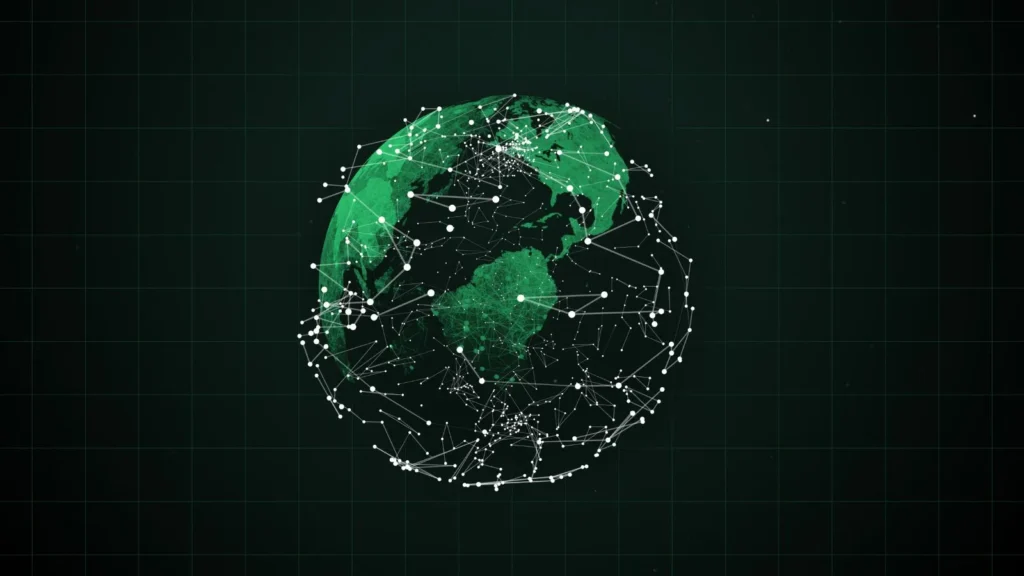
The Future of Finance: How DeFi Could Change Everything
The vision behind DeFi is bold: to create a global, decentralized financial system that is open to everyone and resistant to censorship.
In a world where financial systems can often be exclusionary, slow, and expensive, DeFi offers an alternative that is more transparent, inclusive, and efficient.
It presents opportunities for anyone with an internet connection to access financial services, from trading and investing to lending and borrowing.
New Use Cases and Innovations
There are still numerous obstacles to be solved, and DeFi is still in its infancy. But innovation is moving quickly, and new use cases are appearing practically every day. The ability to integrate various DeFi services to create cutting-edge financial products that were previously unthinkable is similar to building with LEGO blocks.
Without ever interacting with a regular bank, you might utilize a decentralized exchange aggregator, for instance, to find the best rate for trading cryptocurrency, lend the proceeds on a decentralized money market, and even guarantee your investment.

Is DeFi Here to Stay?
Without a doubt, one of the most fascinating trends in the bitcoin space is the decentralized finance movement. It is difficult to overlook the possibility of a more transparent and accessible financial system, even though it is not without risks and difficulties.
Although there will inevitably be difficulties with any new technology, the fundamental idea behind DeFi has the potential to fundamentally alter the way we see money, finance, and economic systems.
A plethora of materials, including several DeFi platforms and tools to get you started, are accessible if you’re interested in Decentralized Finance and want to learn more. Always proceed cautiously, complete your homework, and think about beginning small to test the waters. As DeFi continues to grow and evolve, it will be interesting to see how it transforms the future of finance.
Decentralized finance is not just a trend; it’s a new frontier that could redefine our global economy. Whether you’re a crypto enthusiast or just curious, it’s worth keeping an eye on this exciting space.



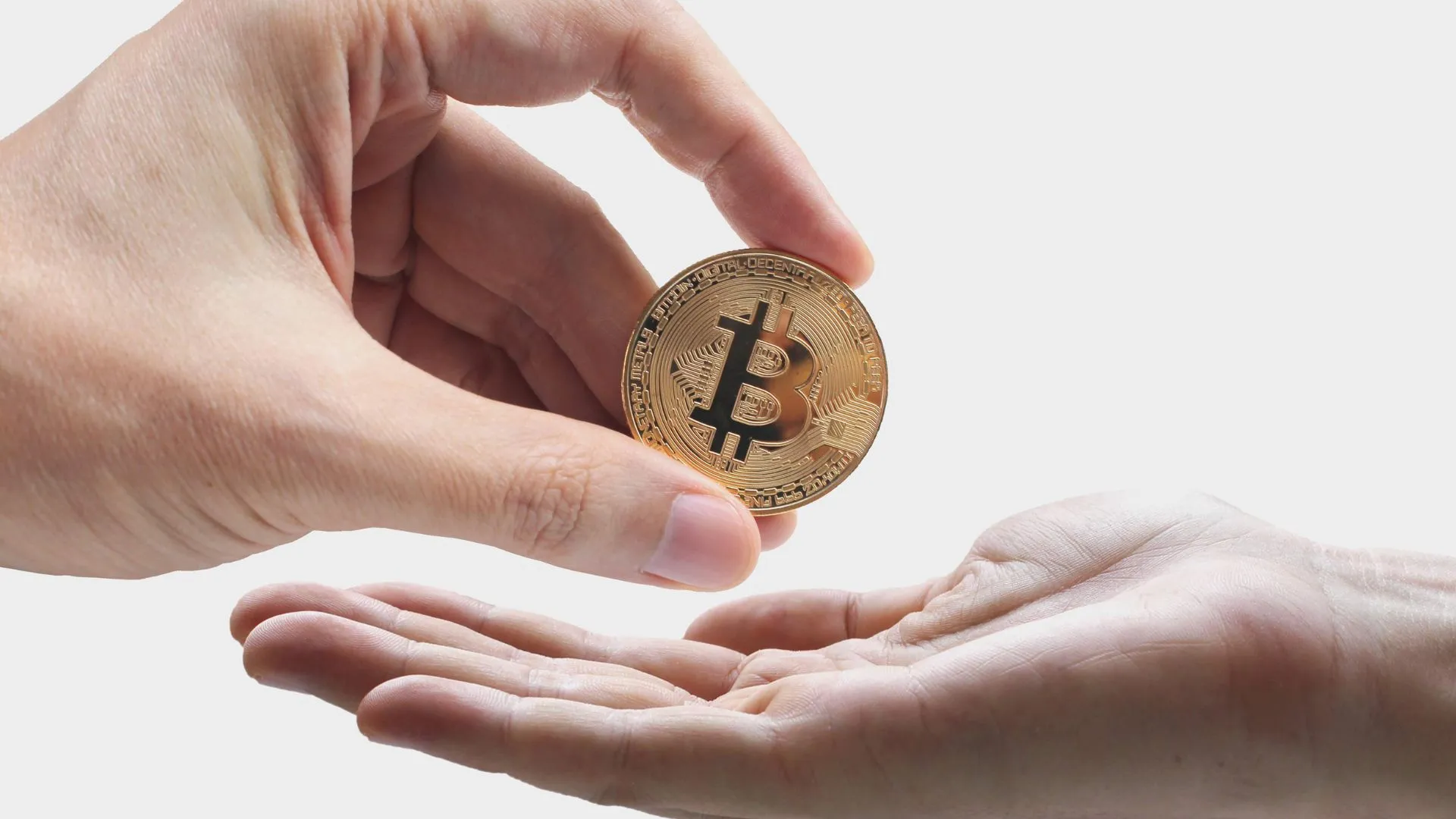
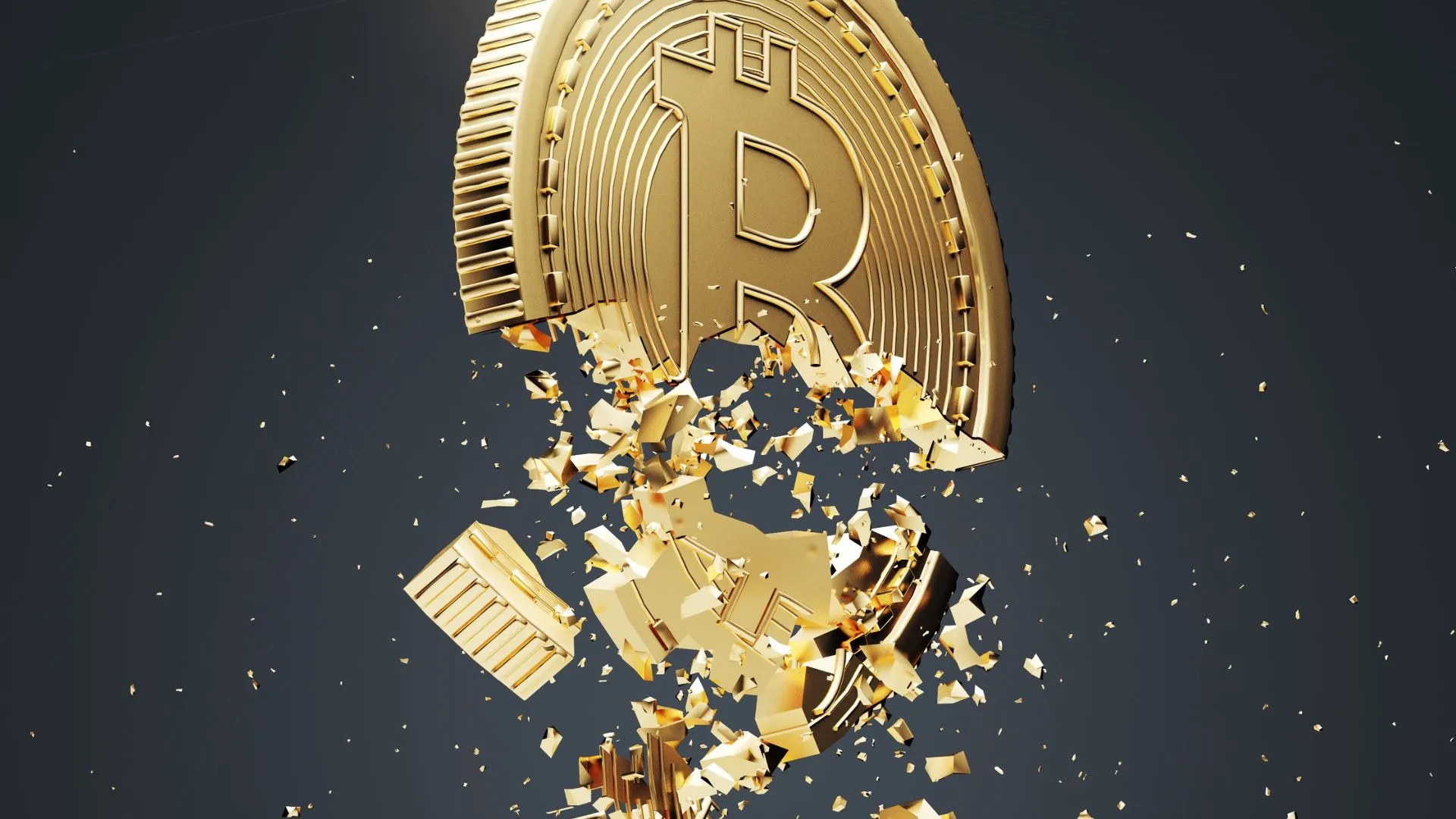
Recent Comments